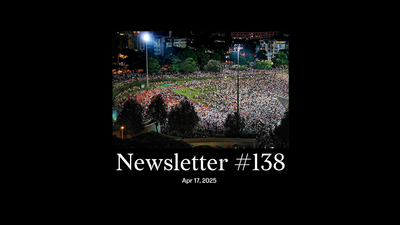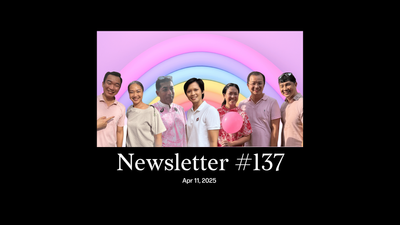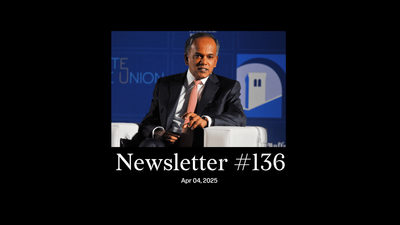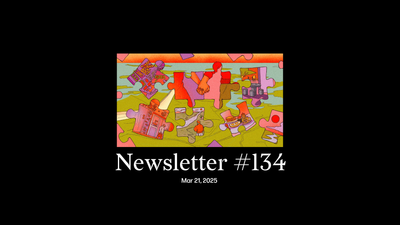Dear reader,
We have six tickets left for our first live event of the year! It’s a panel on anti-racism at 1pm on May 28th at The Projector, featuring three of Singapore’s most dynamic young activists: Saza Faradilla, Suraendher Kumarr, and Kristian-Marc James Paul. Join us.
This week, we take a closer look at the state of Singapore’s media, prompted by the release last week of the latest Press Freedom Index by Reporters sans frontières (RSF, Reporters Without Borders). The Index analyses the environment for journalists in 180 countries and territories around the world.
I’ve been serving on RSF’s panel for Singapore for the past two years. It’s made me appreciate the rigour that goes into the Index, and helped in my own understanding of my craft and the challenges journalists face. Over that time, Singapore’s position has risen from 160th to 129th, partly due to a better raw score but also a relative shift, as the media environment has deteriorated in other countries.
In “RSF’s Press Freedom Index: why does Singapore rank so low?”, I analyse the Index methodology and share some of my responses to its five categories: political, legal, economic, socio-cultural and security. I didn’t want it to just be a plain vanilla Index analysis. So I’ve weaved in a bit of history and commentary on Singapore’s media, leaning a lot on the work of Cherian George.
I first heard Cherian speak in the early 2000s, as an undergraduate, soon after he published “The air-conditioned nation”, a seminal text (recently “revisited”). Over the past few years we’ve become friends, and he’s always offered advice when I needed it. He invited me last year to speak over Zoom to his journalism students at the Hong Kong Baptist University; I was amazed that aspiring journalists from around Asia and Africa had such interest in the journey of a tiny media start-up in Singapore (see our links below for more on this). Unfortunately, like with other Singaporean public intellectuals forced out of the country, our communication is mostly online.
I’m also indebted to Lee Wan Xiang for the two accompanying illustrations. Among many other things, they capture the gross power imbalance that exists between journalists and autocratic or illiberal states. WX actually completed these illos two months ago, based on a very early draft of my piece. It’s worth reiterating that Jom invests a lot of time in conceptualising visuals for our pieces, an effort led by Charmaine Poh, my co-founder and head of visual culture and media. And we pay our visual artists decently (S$400 now), and hope to keep increasing their rates as subscription revenues come in. So when you get a paid subscription to Jom, you are joining us on this higher mission of cultivating Singapore’s journalistic talent—writers, visual artists and others.
Even as we had this one long essay planned for weeks, a news story last week—or, rather, a missing news story—has again shone a light on the biased, sycophantic relationship between the ruling People’s Action Party and the mainstream media (MSM). As you’ll read in Singapore This Week, or in the blurb below, there was a major development in the ongoing feud between Lee Hsien Loong, the prime minister, and his two siblings, Lee Wei Ling and Lee Hsien Yang.
But because the court judgement was a win for the siblings, and not the prime minister, the MSM mostly ignored it, with ST’s reporting coming out almost a week late.
It’s further proof that all of us—journalists and you readers who support us—have a lot more work to do if we want to nurture a vibrant, honest media scene in our country.
Jom baca,
Sudhir Vadaketh
Editor-in-chief, Jom
If you've enjoyed our newsletters, please scroll to the bottom of this page to sign up to receive them direct in your inbox.






